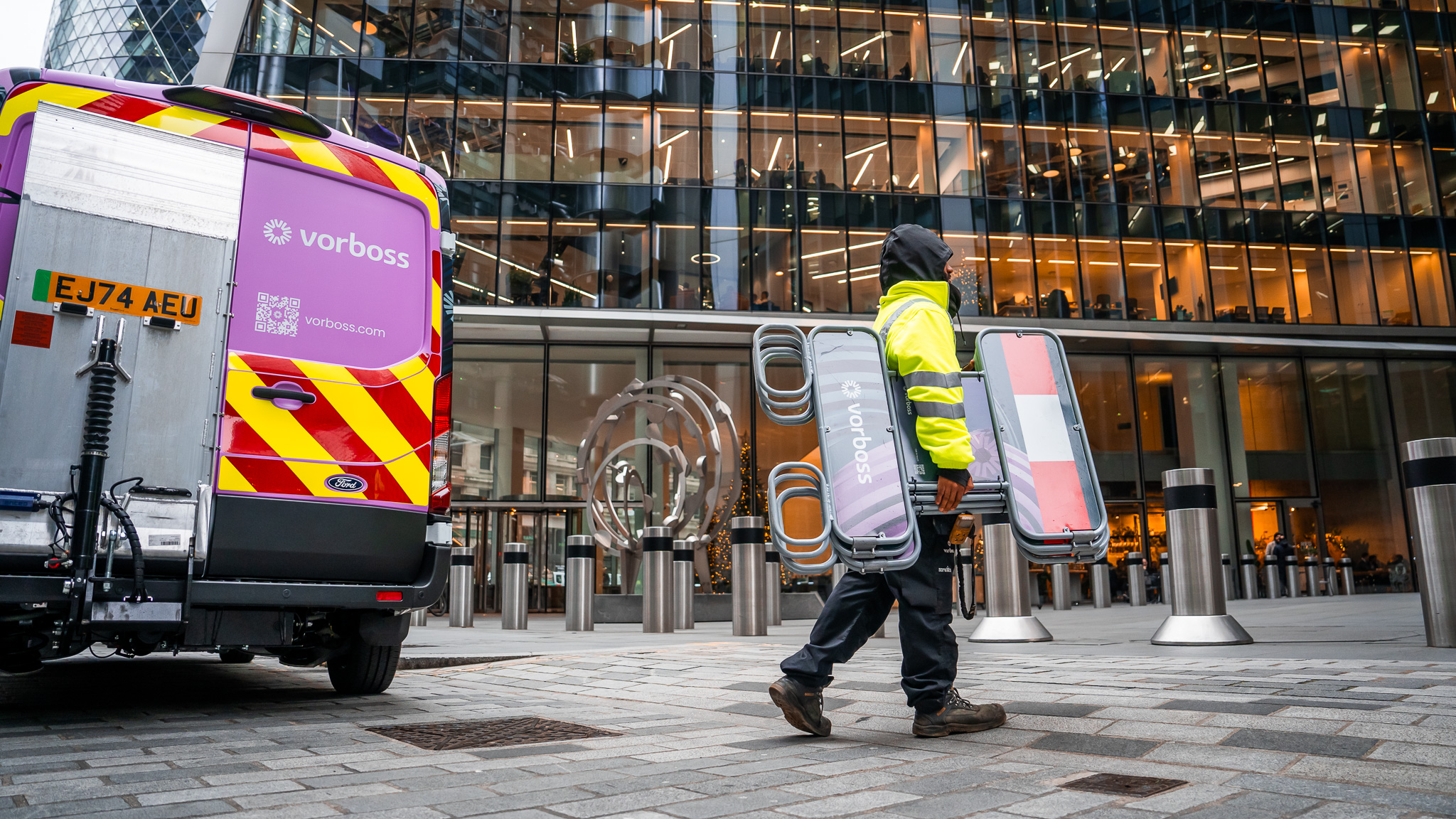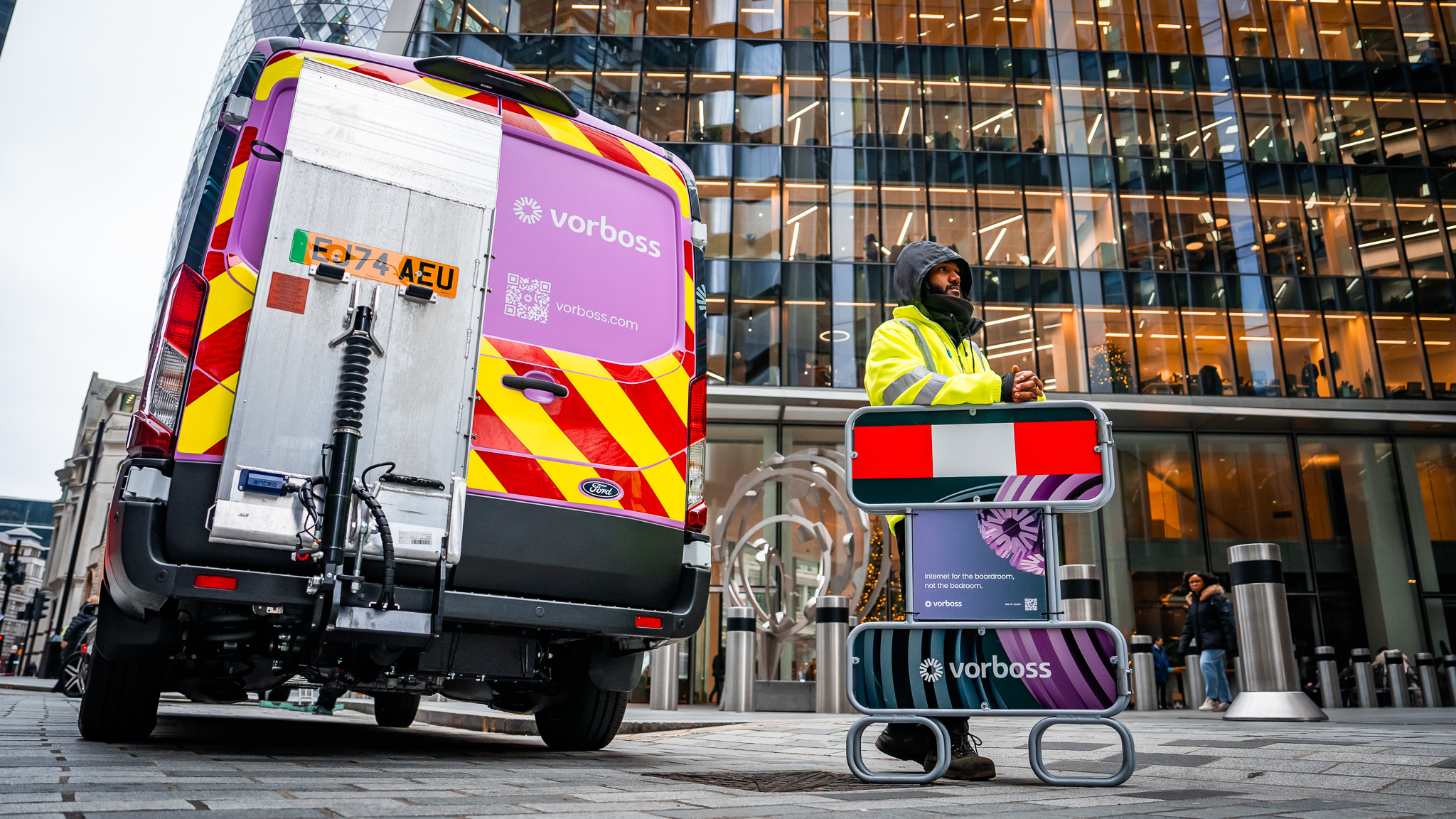
Highlights
.avif)
Serving up speed: How 10Gbps connectivity changed everything for Patty & Bun
Patty & Bun was established in 2012 and is renowned for serving high-quality gourmet burgers. Their mouthwatering menu changes monthly, with new specials added to keep flavours fresh and customers returning.
With 9 locations across London, the business has built a strong reputation for its delicious food and superb customer experience. While the company has consistently grown year on year, its connectivity slowly began to fall short across several sites, including its HQ on Cavendish Street, London.
Why reliable internet is as crucial as the perfect location
When success relies on serving thousands of customers daily, operational efficiency is critical to success, and there is little room for downtime.
To maintain smooth operations, Patty & Bun relies on two key factors: Electronic Point of Sale (EPOS) systems, which are fundamental to processing orders and managing billing, and fast, stable internet connectivity, which ensures the EPOS systems can keep up with processing information at speed.
The cost of unreliable internet
Providing exceptional service, day after day, is challenging enough. But adding some connectivity chaos to the mix quickly became a recipe for disaster.
The team experienced frequent outages and inconsistent speeds, which meant their EPOS systems would either be frustratingly slow or completely out of action for minutes, hours or sometimes even days. All amplified by the fact they had different internet service providers across multiple locations, making troubleshooting each providers individual line a nightmare for the team.
This meant order processing and restaurant operations took a hit, negatively impacting their customers, staff, and ultimately revenue.
.avif)
From frustration to fast – a seamless switchover
Despite the disruption, the team feared that changing internet service provider would result in further disruption – something they simply could not afford to happen.
After Vorboss was recommended through an industry partner, they decided it was worth exploring. They were quickly assured of a seamless transition with little to no disruption to day-to-day operations, meaning the switch-over wouldn’t hinder their ambitious revenue targets, and would ultimately fix all their connectivity problems.
Soon after, our install team connected them with a Direct Internet line whilst they were still in contract with various ISPs across different locations, at no extra cost (meaning no double billing). So, not only were they able to consolidate their connectivity, but there was also zero switchover downtime, disruption or additional cost.
The 10Gbps upgrade that changed everything
.avif)
Vorboss provided one to one assistance throughout the process and were on hand 24/7 for any questions or additional support.
Now using a Vorboss 10Gbps Direct Internet connection (AKA a leased line), Patty & Bun never have to share their connection. This guarantees 10Gbps upload and download speed at all times, even during peak hours, which gives them the reliability and speed they’d craved for years.
Constantly troubleshooting slow EPOS systems, and inconsistent customer WiFi is now a thing of the past. The ability to focus on what’s really important - food, service, and experience - means they can continue to thrive in a highly competitive environment.
Tell us about yourself so we can serve you best.
Got a question?
More articles

For many landlords and building managers, the word “wayleave” feels like the responsible route whenever a fibre circuit is being installed on their property. It sounds formal and safe – a neat legal box to tick.
In many cases, however, a wayleave adds unnecessary complexity and delays, frustrates tenants, and can expose landlords to long-term legal risks.
At Vorboss, we’ve connected thousands of office spaces across London without a wayleave, keeping landlords in full control and getting tenants online faster.

What is a wayleave?
A wayleave is a written agreement between a landowner and a telecoms operator. It gives the operator permission to install and keep equipment on private property.
What many people don’t realise is that signing a wayleave also activates “Code rights” under the Electronic Communications Code. These rights go beyond simple permission, they give the operator legal powers to stay on the property indefinitely, access it when needed, and even refuse removal of their equipment in certain situations.
For a typical connection into a commercial building in London, a wayleave can make the fibre installation process slower, more expensive, and limit the landlord’s flexibility long term.
Why a wayleave isn’t required for standard in-building fibre connections
For a standard in-building fibre connection serving a tenant, a wayleave isn’t a legal requirement. Important protections, like building access, fire safety, repairing any damage, and removing equipment, are already covered by the tenant’s lease and usual building rules.
If no wayleave is signed, no Code rights are triggered, meaning the landlord retains full control and the installation exists under a simple, fully revocable licence.
In practice, this gives landlords far more protection and flexibility:
- No legal lock-in – the telecoms operator has no long-term rights to stay or refuse removal.
- Landlords keep full control – equipment can be moved or removed when the building changes.
- Faster fibre installation – no time lost in drafting contracts or solicitor reviews.
- Happier tenants – connections go live quicker; tenants get to move in faster.
By contrast, signing a wayleave and granting Code rights introduces a complex and expensive legal process for any fibre removal or relocation. This can take at least 18 months, plus potential court or tribunal proceedings, making it slower, and far less flexible for the landlord.

Public services across central London are evolving, and the City of London Corporation is leading the way.
Whether you work, live or study in the Square Mile, you’ll soon feel the difference that faster, more dependable connectivity brings.

What is the Future Network Programme?
The City of London Corporation is rolling out the Future Network Programme, a major project to modernise its entire digital infrastructure and bring everything under one unified network.
From offices and schools to iconic green spaces like Hampstead Heath, cultural destinations like the Barbican, and historic markets such as Leadenhall and Old Spitalfields, this upgrade will mean more reliable connectivity across the City’s buildings and public spaces.
It also extends to essential services, including critical sites run by the City of London Police. This enhanced connectivity will support everything from secure communication systems to faster, more resilient networks for emergency operations.
Leading this transformation is Roc Technologies, supported by Juniper Networks and Palo Alto Networks; all powered by the Vorboss fibre network. Together, we’re bringing the City onto a modern digital foundation that’s ready to support its future.
Who the Future Network Programme benefits and how?
The programme is designed for everyone who depends on public services in the Square Mile:
- Students in City-run schools will have fast, reliable connectivity to fully access digital learning tools.
- Public-sector teams will experience smoother hybrid working, better access to online platforms, and more efficient collaboration across locations.
- Residents and visitors will see improvements in public Wi-Fi, digital services, and online access in libraries, community hubs, and other shared spaces.
- The City of London Police will gain a more secure, faster and resilient network that enhances CCTV reliability and enables more effective frontline operations.

.avif)

.avif)

